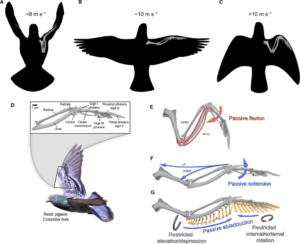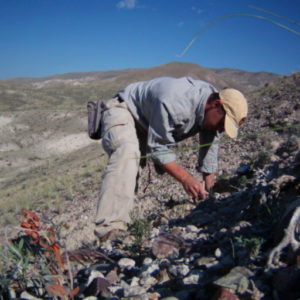Our Research
Researchers within the Musculoskeletal Research Focus Area have a multi-level understanding of musculoskeletal anatomy, function and pathology. Our research focuses on three critical areas of musculoskeletal biology:
- the cellular and molecular mechanisms underlying development, aging, and repair of bone and cartilage,
- the musculoskeletal biomechanics of swallowing, chewing, and locomotion, from both disease-oriented and evolutionary perspectives, and
- the evolution of major vertebrate groups, including whales and birds, incorporating an evolutionary developmental biology perspective.
Lisa Cooper, Ph.D., Director
The Cooper lab investigates age-related changes in the skeletons of long-lived bats and whales. Both groups are unique among mammals in that they no longer are terrestrial and have each undergone modifications to support life in a novel fluid medium, air or water. The Cooper lab’s molecular, biomechanical and structural results show that bats are unusual in that their wing bones lack age-related bone fragility, and that the bones of whales are hyper dense but still able to act as a reservoir for minerals to support mineral deposition in baleen and also counteract body ballast.
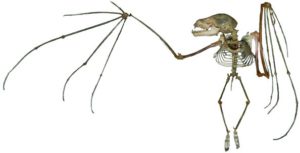
Rebecca German, Ph.D., Musculoskeletal Biomechanics
Dr. German’s lab works on understanding the biomechanics and pathology of neural control of swallowing using an animal model. Swallowing difficulties, and the failure to protect the airway, are a major cause of health problems in premature or preterm infants. The neurological cause for these problems is unknown, and as a result there are few effective therapies. Understanding the mechanism of airway protection failure will provide a biological basis for decisions about care and intervention in these fragile and cherished patients. Another focus in the lab is the impact of Parkinson’s disease (PD) on feeding, swallowing and airway protection. PD patients suffer from many effects of compromised eating, such as reduced nutrition and chronic aspiration. These problems are hard to diagnose because patients do not report them and they require invasive imaging to be seen.
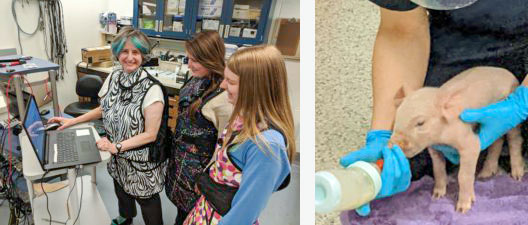
Tariq Haqqi, Ph.D.
Dr. Haqqi’s group focuses on developing new treatment modalities for degenerative joint diseases such as osteoarthritis. Aging is a major factor for chronic diseases including osteoarthritis, a leading cause of joint dysfunction associated with cartilage degradation, disability and poor quality of life in the affected population worldwide. Among adults 60 years of age or older the prevalence of symptomatic knee osteoarthritis is approximately 10 percent in men and 13 percent in women. There are no disease-modifying medical therapies currently available for osteoarthritis. The ultimate objective of our research program is to address this unmet need by identifying and validating novel compounds and their target molecules in chondrocytes, the only cell type present in the cartilage, that can inhibit induction and/or limit the progression of osteoarthritis. In addition, the group is also studying epigenetics in cartilage and the potential of plant derived inhibitors that will be most effective in suppressing joint damage. These research projects are funded by the NIH/National Institutes of Arthritis and Musculoskeletal Diseases and the NIH/National Center for Complementary and Integrative Health.
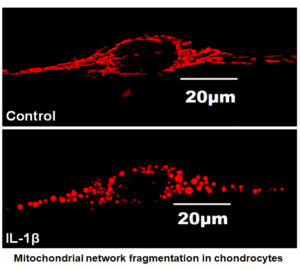
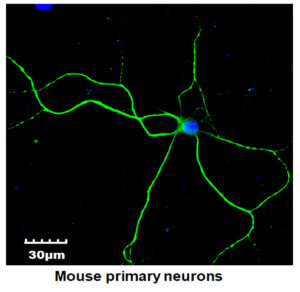
Tobin Hieronymus, Ph.D., Vertebrate Evolution & Evolutionary Developmental Biology
Research in the Hieronymus lab aims to understand the musculoskeletal anatomy and function of bird wings. Birds have dramatically altered the common components of the forelimb to respond to the functional demands of flight. Within this system, our research addresses three basic questions: (1) what are the morphological adaptations that allow birds to fly so efficiently (or, what can we learn from birds about building wings)? (2) how have birds modified basic tissues such as bone and ligament to adapt to new forms of loading (what can bird bones teach us about material design)? (3) how has the evolution of different avian flight styles and capabilities played out over evolutionary time (some wing morphology is adaptive for specific types of flight, some may be phylogenetic inertia—which parts are which)? Our lab addresses these questions using novel techniques that bridge the gap in scale between standard gross anatomy and histology, as well as modeling and analysis approaches that allow us to leverage the diversity of living and fossil birds as a broad pool of natural experiments.
How Birds Shape the Air: The Structure and Function of Bird Wings
Fayez Safadi, Ph.D., Development, aging and repair of bone cartilage
More than 50 million Americans have osteoporosis and low bone density, placing them at increased risk for osteoporosis. Studies suggest that approximately one in two women and up to one in four men age 50 and older will break a bone due to osteoporosis. The Osteolab focuses on novel therapies for osteoporosis and bone regeneration for fractures and spinal fusion. Dr. Safadi’s lab also studies metabolic bone diseases such as age/estrogen deficiency-induced osteopenia, osteopetrosis, inflammation and cartilage-associated diseases (rheumatoid and osteoarthritis arthritis and fracture repair). The goal of our research is to understand the pathological mechanisms underlying various bone and cartilage diseases to develop strategies for the therapeutic management of such diseases. We identified a novel growth factor (named Osteoactivin) that has anabolic effects on bone. Ostoeacitivn could be used as potential therapeutic agent to stimulate bone formation in diseases associated with osteopenia, spinal fusion and increased risk of fracture. Our lab is also investigating the role of Osteoactivin as an antiinflammatory and neuroprotective factor in neurodegenerative diseases.
Hans Thewissen, Ph.D.
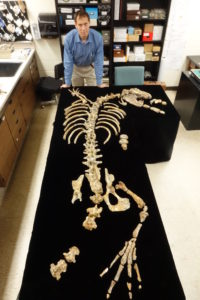 Whales and dolphins are among the most unusual of mammals, and, even though their ancestors lived on land, they have developed perfect adaptations to life in water.
Whales and dolphins are among the most unusual of mammals, and, even though their ancestors lived on land, they have developed perfect adaptations to life in water.
The lab of Dr. Hans Thewissen studies these adaptations as they may inspire innovative solutions to human health problems. For instance, bowhead whales are osteoporotic as juveniles, but fully recover by the time they reach adulthood. And when a whale dives, its intraocular pressure increases ten-fold, but is not liable to glaucoma, a leading cause of blindness due to increased pressures in humans. Samples of modern whales are collected in Alaska, and the lab studies ancient whale ancestors in Pakistan and India.
Jesse Young, Ph.D.
Locomotion is central to all that animals do. What factors determine how fast an animal can sprint, how efficiently it can travel, or how well it can balance? Dr. Young’s lab studies the biomechanics of the locomotor system in mammals from an evolutionary perspective. More specifically, we investigate how anatomy and physics constrain locomotor performance in mammals, and how these constraints determine the capabilities of animals trying to survive in the natural world.
Lab news
Ongoing research on the biomechanics of locomotion in wild primates
As part of our NSF-funded research on the ecological factors that determine locomotor performance in free-ranging primates, Young Lab researchers Dr. Judith Janisch (postdoctoral fellow) and Nicole Schapker (graduate student) travelled to Kibale National Park in Uganda to study the locomotor biomechanics of Old World monkeys. This work is in collaboration with Dr. Liza Shapiro at the University of Texas at Austin.
New research on the biomechanics of primate leaping

As part of our NSF-funded research on the evolution of leaping performance in primates, Dr. Grégoire Boulinguez-Ambroise (postdoctoral fellow) has been working with Dr. Noah Dunham, research curator at the Cleveland Metroparks Zoo, and other zoo research staff to record high-resolution biomechanical data on leaping performance in several small primate species across the zoo. This work is in collaboration with several researchers at Duke University, including Dr. Doug Boyer, Dr. Daniel Schmitt, Dr. Gabriel Yapuncich, and Dr. Angel Zeininger.
Mohammad Ansari, PH.d.
Dr. Ansari’s lab is dedicated to understanding the fundamental mechanisms of age-related degenerative diseases including Osteoarthritis (OA, which affects 32 million people in the United States), Intervertebral disc degeneration (IDD, which affects 70 million people in the United States), and Alzheimer’s disease (AD, which affects 5.4 million people in the United States). Aging is a major risk factor for degenerative chronic diseases. More than 100 million Americans are living with OA, IDD, and AD and the burden of these age-related diseases is expected to double by 2040. These diseases impose a huge economic burden costing billions of dollars each year. The laboratory is interested in exploring the role of mitochondria in age-related diseases. We discovered that mitochondrial dysfunction leads to an increase in oxidative stress, inflammation, and apoptosis. We use a combination of in vitro experiments using human and mouse primary cells and in vivo experiments in rodent models to study the pathways regulating mitochondrial function and dynamics. The goal of our research is to understand the pathological mechanisms underlying age-related degenerative diseases to develop strategies for their therapeutic management.
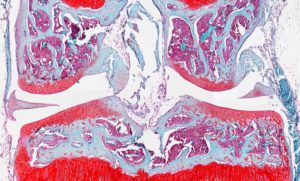
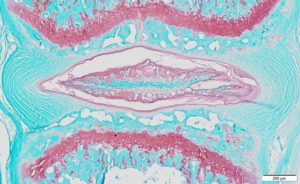
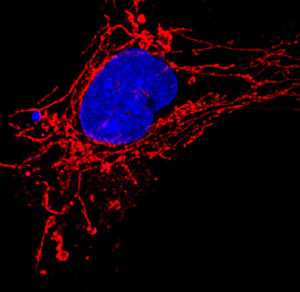
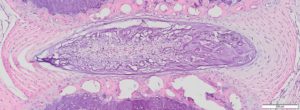
Related: Funding for our area
CONTACT
Lisa Cooper, Ph.D.
Director, Musculoskeletal Research Focus Area
330-325-6310
lcooper@neomed.edu
Musculoskeletal Research Focus Area
Musculoskeletal Research Focus Area home
Musculoskeletal Research Focus Area research
Research at NEOMED

